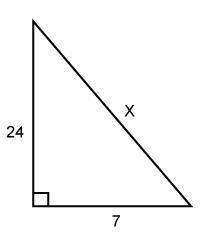
Mathematics, 30.01.2021 02:00 masonprice
A test for a certain disease gives a false-positive result for 5% of the people who do not have the disease. It gives a false negative result for 0.3% of the people who do have the disease. It is known that 2% of the population actually has the disease.
• What is the probability that a randomly selected person tests positive?
• Given that a person has tested positive, what is the probability that they have the disease?

Answers: 1


Other questions on the subject: Mathematics


Mathematics, 21.06.2019 22:00, marissastewart533
Given sin∅ = 1/3 and 0 < ∅ < π/2 ; find tan2∅ a. (4√2)/9 b. 9/7 c. (4√2)/7 d.7/9
Answers: 2

Mathematics, 21.06.2019 22:40, jeffyisdrunk
The value of x in this system of equations is 1. 3x + y = 9 y = –4x + 10 substitute the value of y in the first equation: combine like terms: apply the subtraction property of equality: apply the division property of equality: 3x + (–4x + 10) = 9 –x + 10 = 9 –x = –1 x = 1 what is the value of y?
Answers: 1
You know the right answer?
A test for a certain disease gives a false-positive result for 5% of the people who do not have the...
Questions in other subjects:



Chemistry, 25.05.2021 01:00


Mathematics, 25.05.2021 01:00



Social Studies, 25.05.2021 01:00

Arts, 25.05.2021 01:00





